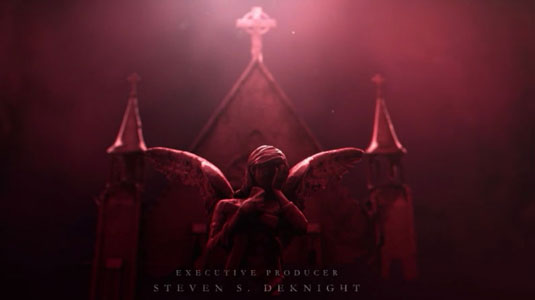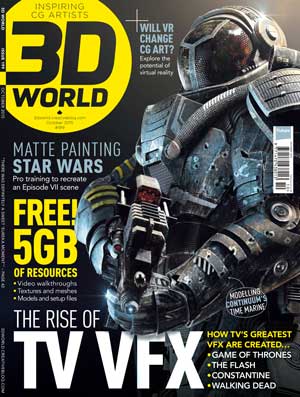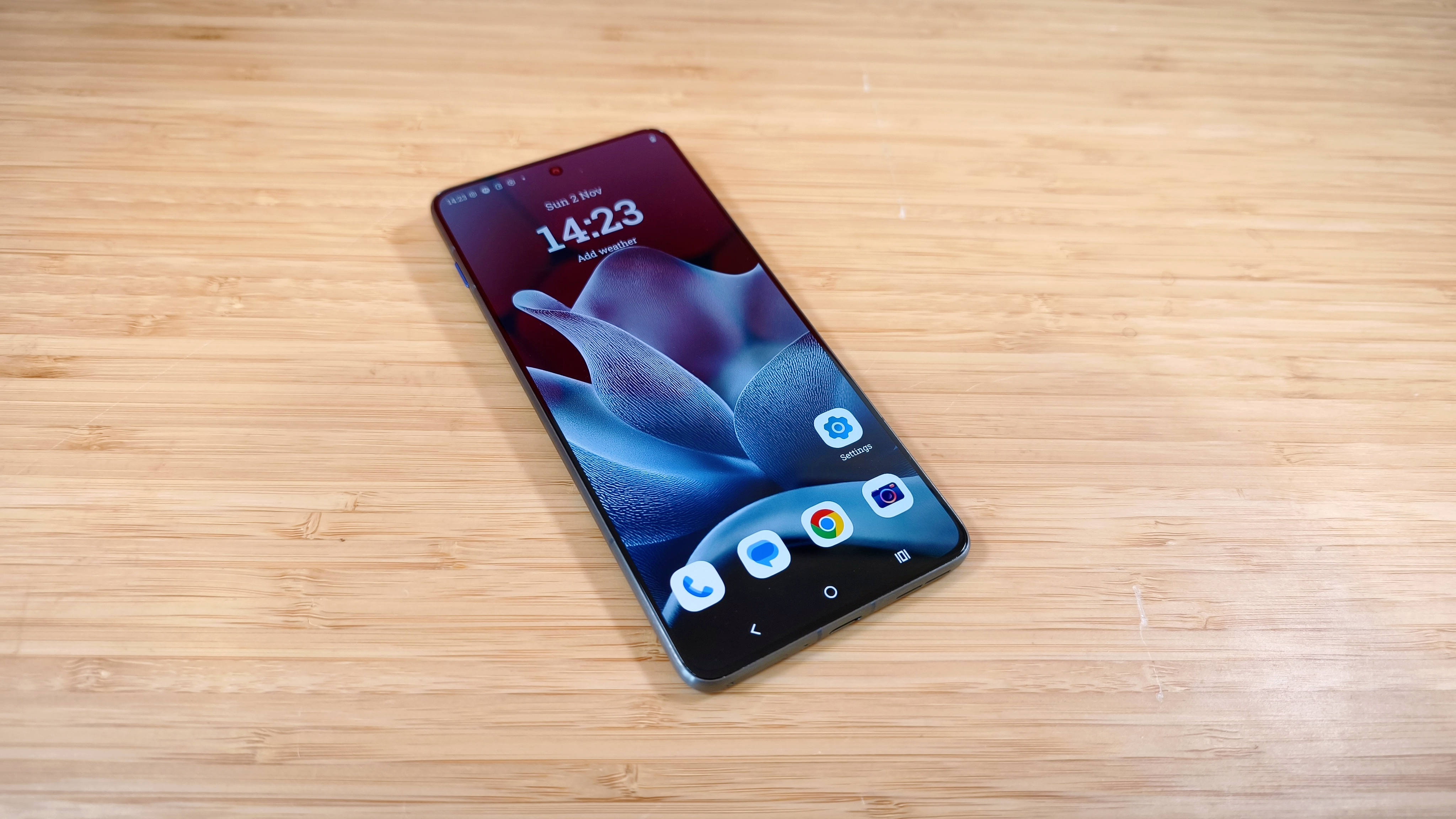How Daredevil's title sequence was created
A52 reveal how they used RealFlow to form phantom sculptures flowing fluid around the shapes of invisible models for the hit series.
A52 is a boutique visual effects studio based in Santa Monica CA. But while they're a small outfit, they get to work on some pretty big shows, most recently the hit Marvel superhero series Daredevil.
Elastic, who created the title sequence for the show, asked A52 to render the entire NYC neighborhood of Hell's Kitchen in fluid, sticky blood – and you can see the spectacular results above.
Don't miss the special TV edition of 3D World magazine - out now!
"The blood needed to be detailed and nuanced in the way it behaved, but also seem elegant and simple as a visual form," explains Andrew Romatz, CG Supervisor. "Scale would vary from tiny objects to epic cityscapes, but all had to feel consistent, and be technically achievable."
A team of artists working for a month to create the effect, using RealFlow to form phantom sculptures with fluid flowing around the shapes of models which were invisible.
"We wanted to be able to control the fluid behavior in a specific way, and still have the sim feel natural," says Romatz. “If the job requires any realistic fluid behavior, we turn to RealFlow first."
The team used directable velocity and developed custom fields to get the fluids to flow the way they needed them to. They remeshed multiple sims together and played with the world space scale to cheat speed.
Daily design news, reviews, how-tos and more, as picked by the editors.

"We got some bubbles in our final meshes which we ended up needing to paint out in compositing," he adds. “We needed to use 2D textures for the mesh but the UVs didn't give us enough control to do what we wanted so we had to animate 3D texture projections in Maya to give the appearance that the textures we're flowing with the liquid."
RealFlow was integrated seamlessly into A52's pipeline. “We render all of our work in VRay, so meshes are brought in as Alembic caches, and we didn't have any problems rendering out the meshes for this project at all," says Romatz.
3D World's TV special on sale now!

For more about creating visual effects for television, don't miss the latest issue of 3D World magazine.
On sale now, issue 199 features a 12-page feature on the rise of TV VFX, an in-depth article about hit drama Continuum, a Game of Thrones-themed tutorial, and much more. You can find out more about what's in the issue here.
Like this? Read these
- The 12 best animations of the past 20 years
- Free Photoshop brushes every creative must have
- Hands-on review: Adobe After Effects CC

The Creative Bloq team is made up of a group of art and design enthusiasts, and has changed and evolved since Creative Bloq began back in 2012. The current website team consists of eight full-time members of staff: Editor Georgia Coggan, Deputy Editor Rosie Hilder, Ecommerce Editor Beren Neale, Senior News Editor Daniel Piper, Editor, Digital Art and 3D Ian Dean, Tech Reviews Editor Erlingur Einarsson, Ecommerce Writer Beth Nicholls and Staff Writer Natalie Fear, as well as a roster of freelancers from around the world. The ImagineFX magazine team also pitch in, ensuring that content from leading digital art publication ImagineFX is represented on Creative Bloq.
